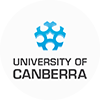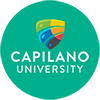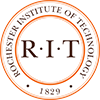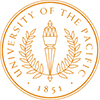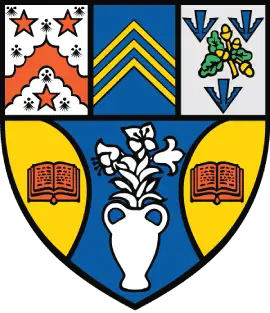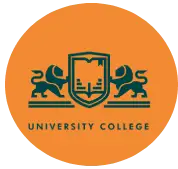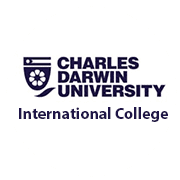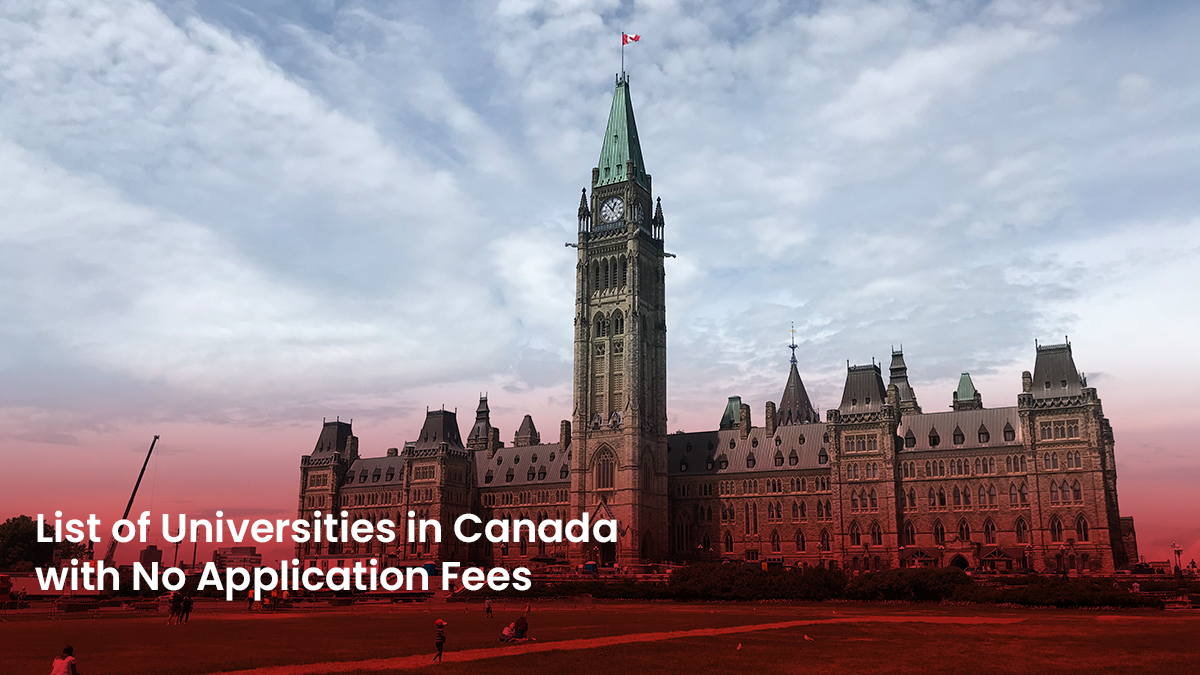The decision to study abroad is one of the most important decisions a student or even an adult can make. As a result, many aspiring students find it disheartening to miss out on getting accepted into their preferred higher educational institution (HEI) simply because they are unfamiliar with the process.
This is the reason why many students seek and continue to require assistance from education agents.
Key Takeaways:
- Australian international education sector sought help from education agents
- Australia’s higher education industry heading to full recovery
- More and more offers have been provided by the government to attract students
In Australia, for instance, international education groups and government entities are looking to agents to help them support sector recovery efforts and promote the message that the country is once again accessible to international students.
During the online webinar, Reconnecting with Australia: Engagement Strategies Post-Border Reopening, panelists covered student recruitment and return programs and preliminary data insights since Australia reopened to students on Dec. 15.
The webinar also highlighted the positive shift in the legal environment for international education and the important role of education agents in supporting those initiatives.
Education agents play a significant role in Australia’s foreign education sector, accounting for almost 75% of all international student enrolments in 2018, according to the Australian Government’s Department of Education.
Agents are important partners for providers who provide services to international students, and they are frequently the initial point of contact for prospective students with the Australian education system.
In 2018, 6,878 active agencies and 19,413 agents were involved in the enrolment of international students at Australian educational institutions.
A look into the recovery of Australian education
In August 2021, it can be recalled that governments and educational institutions in Australia are devising strategies to regain more than two-thirds of the worrying drop in international student demand for universities compared to pre-pandemic levels.
The problem grew increasingly serious, according to the research commissioned by the Australian National University (ANU), as the pandemic and the measures that have accompanied it have had huge consequences on universities and the Australian economy.
According to the ANU analysis, Australia’s share of the market fell from 18% in 2019 to 11.74% in 2020. This pattern contrasted sharply back then with the rise or continuity of stability in Australia’s primary competitors, the United Kingdom, the United States, and Canada.
In December of last year, based on forecasts from the University of Adelaide’s SA Centre for Economic Studies (SACES), the state’s economic recovery will last long into the new year, as overseas students return to the state.
SACES claimed that recent significant growth in company investment, a backlog of construction activity, and the reopening of borders will assist the economy continue in its latest Economic Briefing Report.
Australia reopened its borders to fully vaccinated international students on Dec. 15, 2021, allowing them to enter the country without requiring a travel exemption.
A big shift for the top study destination happened, which had previously been one of the strictest countries when it came to blocking its international borders to visitors during the coronavirus pandemic.
Despite earlier border closures, foreign students studying from outside Australia during the COVID-19 issue made a major contribution to the Australian economy, according to research provided by the country’s Department of Education, Skills and Employment (DESE).
Former Australian Federal Education Minister Christopher Pyne revealed at an education summit that the overseas education sector contributed approximately $40 billion to the Australian economy in 2019.
As per preliminary figures from the Australian Bureau of Statistics (ABS), enrolled students from outside Australia paid $3.3 billion in tuition in 2020.
Agents sought as Australian sector rebounds
Phil Honeywood, CEO of the International Education Association of Australia (IEAA), described some of the government-led initiatives to encourage international students to return such as visa rebates for students and working holiday visa holders, as well as a temporary removal of work limits.
Following Australia’s reopening to international students at the end of last year, Brett Blacker, CEO of English Australia, the peak body for ELICOS English language providers, said that there were positive signs in visa applications and grants.
However, Blacker cautioned that ELICOS visas are still well below 2019 levels and that there may be a lag before new students begin to arrive.
Toshi Kawaguchi, Director of International Education and Study NSW, claimed that through an approved trial scheme, New South Wales was able to bring some students in before the wider border reopened, and was now leading the country with 23,000 student arrivals between mid-December and Feb. 21.
The participants of the webinar noted the essential role of agents in the pipeline’s success, warning against a hurry to raise commissions, which is believed to harm the industry in the long run.
The NSW government has announced a new recovery strategy for the sector, as well as an AU$19.1 million investment over the next four years, based on four pillars: student returns, student experience, promotion and marketing, and ecosystem development.
In the previous five years, the number of education agencies working with Australian providers has increased.
As indicated in the figure below, the percentage of enrolments facilitated by an education agency varies by sector.
Prospective students interested in studying English Language Intensive Courses for Overseas Students (ELICOS) are, as one might anticipate, the most reliant on education agents. Over the previous five years, there has been a gradual growth in education agent participation in enrolments across the Higher Education, VET, Schools, and ELICOS sectors.
Heading to full recovery
For the majority of 2021, Australia’s borders were closed to overseas students, resulting in a greater drop in enrolments than in 2020.
Last year, the number of international students declined by 17% compared to 2020, a more significant drop than the 7% drop in 2020. However, compared to the same time period in 2020, the number of visas granted to overseas students grew by 34%, which is good news for the coming year.
In 2021, there were 570,626 students enrolled with Australian educators, with roughly half of them pursuing higher education. China, India, Nepal, Vietnam, and Malaysia are the top five supply countries.
Student visa volumes are showing indications of recovery now that borders have reopened, though not quite to pre-pandemic levels. According to data produced by education marketing consultants in Australia, the country’s sector will achieve pre-pandemic enrolment levels in the next 18 months.
To entice international students back, the government temporarily extended work rights for international students in late 2021 and is offering other incentives such as visa application fee refunds until Mar. 22.
Any student visa holder who travels to Australia between Jan. 19 and Mar. 22, 2022, will be eligible for a refund of their AU$630 visa application charge (VAC). Similarly, anyone on a working holidaymaker visa who flies to Australia before Mar. 22 will receive a refund of their AU$495 VAC.
Given skills shortages and the need to revitalize the national economy, international students engaged in certain areas would be allowed to work more than 40 hours per fortnight.
In a separate declaration on Jan. 19 this year, the government went a step further and announced that all student visa holders, including secondary students, working in any field will have their working hours capped for the time being.
MSM Unify is your one-stop source platform connecting students, higher education institutions, and agents in Australia and around the world. Sign up now to get the latest updates and information on international education.

